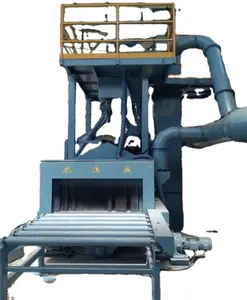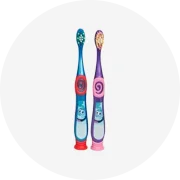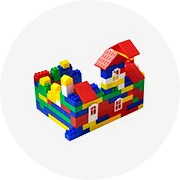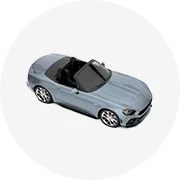About products and suppliers
Nếu bạn đang tìm kiếm người bạn đồng hành âu yếm hoàn hảo cho con, cháu gái hoặc cháu trai của mình, thì không đâu khác ngoài Alibaba.com để có được điều tốt nhất. mài mòn. Có sẵn với nhiều loại màu sắc và giống đáng yêu như mèo, gấu, chó, voi, chim, hổ, v.v. những cái này. mài mòn chắc chắn sẽ làm hài lòng trẻ em và trẻ em ở mọi người lớn như nhau .. mài mòn là một món đồ chơi quan trọng để trẻ em nuôi dưỡng sự đồng cảm và cũng hoàn hảo để món quà cho một người quan trọng khác.
. mài mòn được cung cấp trên Alibaba.com được làm từ những vật liệu chất lượng tốt nhất đã trải qua các vòng kiểm tra an toàn để đảm bảo sức khỏe của người dùng. Chúng không có bất kỳ nhựa hoặc dây sắc nhọn nào bên trong và được thiết kế đặc biệt để đảm bảo rằng chúng không gây kích ứng da. Những cái này. mài mòn được thiết kế để nhẹ cũng như mềm và dễ mang theo. Một số. mài mòn cũng cung cấp các tính năng hấp dẫn bổ sung như khả năng tạo âm thanh và thậm chí ghi âm tin nhắn thoại.
mài mòn có sẵn ở nhiều loại và bộ sưu tập khác nhau, chẳng hạn như vật nuôi trong nhà, động vật biển và động vật có nguy cơ tuyệt chủng. Những cái này. mài mòn rất phù hợp để làm quà tặng và có sẵn ở các kích thước nhỏ cho nhà trẻ cũng như các kích thước lớn hơn có thể lên đến vài feet .. mài mòn liên quan đến phim hoạt hình và các bộ phim hoạt hình cũng được cung cấp và chắc chắn sẽ là một hit với trẻ em.
Chọn giá mềm nhất. mài mòn cho con bạn hoặc cho mục đích tặng quà trên Alibaba.com với giá thấp nhất mà không ảnh hưởng đến chất lượng .. mài mòn người bán buôn và nhà cung cấp cũng chắc chắn tìm thấy ISO và các sản phẩm được chứng nhận CE với giá cả phải chăng khi mua số lượng lớn. Hãy yên tâm rằng các sản phẩm được cung cấp bởi những người bán và nhà sản xuất đáng tin cậy nhất, đều đã được kiểm tra an toàn.





















